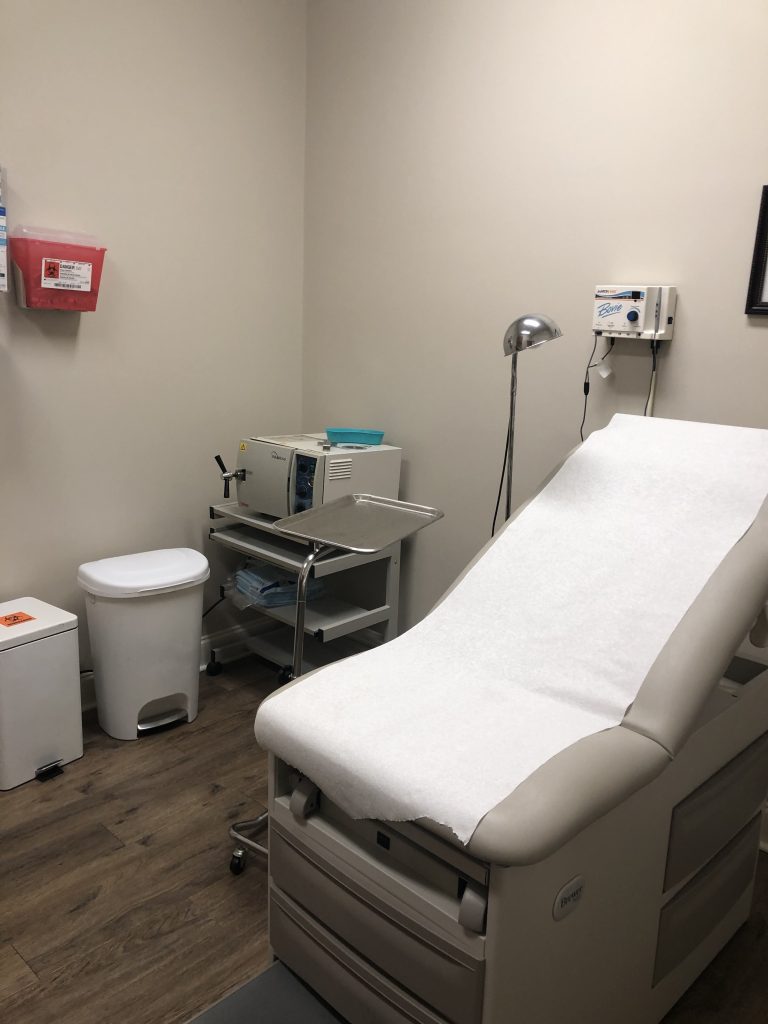
What is an abscess?
An abscess is a painful collection of pus that develops under the skin, most often caused by a bacterial infection. The body forms a wall around the infected tissue, which causes a tender, swollen, and red lump. An abscess may also cause a fever or general feeling of illness.
Why is I&D necessary?
For most abscesses, a simple incision and drainage procedure is the definitive and most effective treatment. Unlike other infections, antibiotics alone are often not enough to clear an abscess because the medication has trouble penetrating the thick-walled, pus-filled pocket. Draining the pus relieves pain and pressure, treats the underlying infection, and allows the body to heal properly.
The I&D procedure
The procedure is typically quick and can be done in an outpatient or urgent care setting.
- Preparation: First, your medical provider will clean the area around the abscess to reduce the risk of further infection.
- Anesthesia: A local anesthetic will be injected into the skin around the abscess to numb the area and minimize discomfort.
- Incision: Once the area is numb, a small incision will be made over the abscess to allow the pus and infected fluid to drain out.
- Drainage and cleaning: The provider will gently press the area to express the pus. They may also use a medical instrument to explore the cavity, break up any pockets of pus, and flush the area with a saline solution.
- Dressing: Depending on the size and depth of the abscess, a gauze packing may be placed inside the wound. This keeps it open and allows for continued drainage. Finally, a clean, dry dressing will be applied.
After the procedure: What to expect
- Pain relief: You may experience some mild pain and discomfort for a few days, which can be managed with over-the-counter pain medication as directed by your provider.
- Dressing changes: If your wound was packed with gauze, you will be given specific instructions on when and how to change the dressing at home. This is a crucial step to ensure proper healing.
- Wound care: Keep the area clean and dry. Your provider may recommend washing the wound with warm, soapy water after 24 hours.
- Healing timeline: The wound will heal from the inside out, which can take a few weeks. It is normal for it to continue draining a small amount of fluid during this time.
- Antibiotics: Your provider will determine if antibiotics are necessary based on your specific condition.
When to contact your doctor
While most I&D procedures are straightforward, you should contact your doctor or seek urgent care if you experience any of the following:
Bleeding from the site that does not stop with pressure.
Fever, chills, or you feel generally unwell.
Increased pain, redness, or swelling around the wound.
The wound starts to produce more pus or has red streaks spreading from it.
